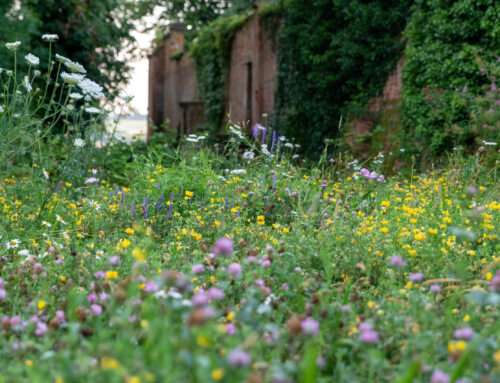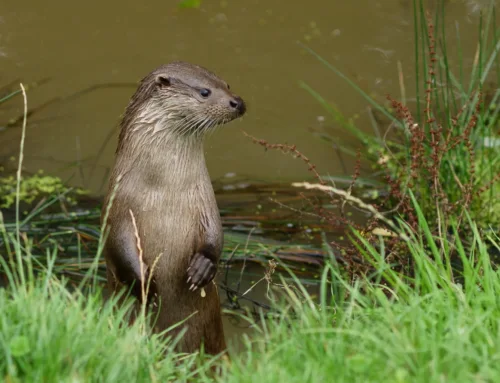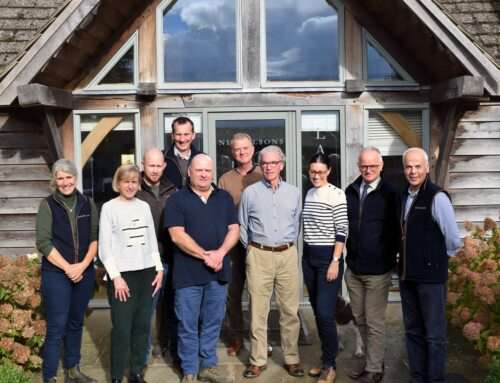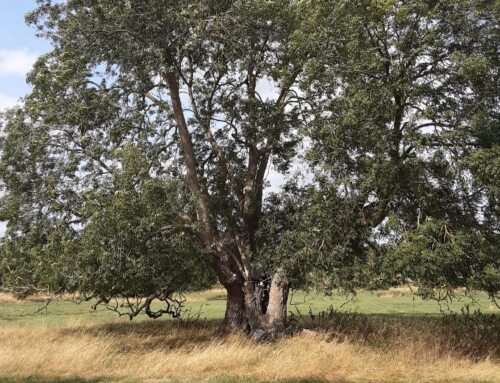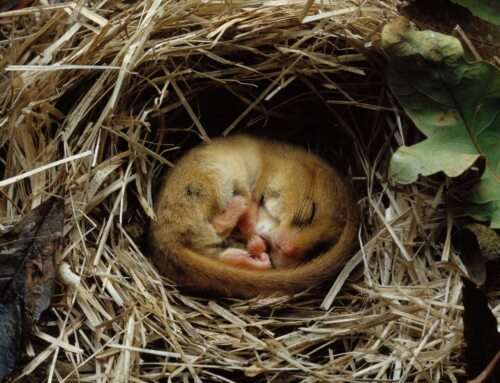Ecological Baseline Assessments: More than just a desk exercise?
Background
On the back of commitments set out in their 25-year Environment Plan ‘A Green Future: Our 25 Year Plan to Improve the Environment’ and its consultation on net gain, the government is now taking forward a legal framework for the delivery of mandatory biodiversity net gain through the Environment Act 2021. It is a requirement of the act that all developments, which require planning permission in England (exceptions are detailed below) will be mandated to deliver a minimum of 10% biodiversity net gain against the measured baseline position using the latest version of the DEFRA Biodiversity Metric.
In light of the above, landowners, developers and local authorities are keen to understand the baseline position for their own holdings and are faced with a bewildering array of options and advice.
In this short article prepared by John Lockhart, Principal Consultant, he provides guidance to help you better understand the different options, and the critical factors to be aware of when considering how to best protect your interests and opportunities for the future.
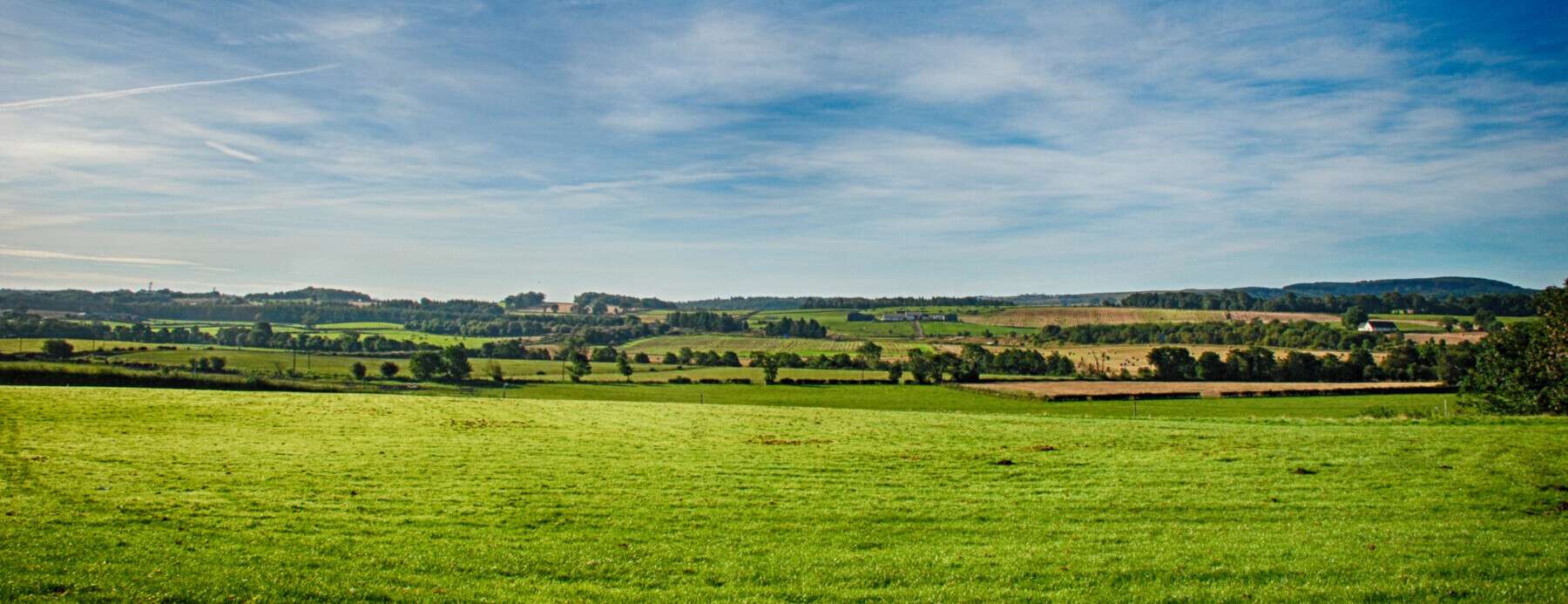
Habitat Survey
One of the key questions that needs to be addressed early in the process is to establish the purpose for which the assessment is being conducted. If, as is often the case, the work is being commissioned to establish a robust and defendable baseline ecological score through the DEFRA metric, then the approach will need to be different to that of a high-level risks and opportunities exercise.
Remote sensing and the quality of open-source land-based datasets have advanced hugely over recent years. However, there are still many gaps and even through some of the commercial platforms there is a critical need to understand how the quality of the data might impact on the outputs when considered against your core objectives. Scale will also be important with the option of using remote data to guide the requirement for more detailed survey work.
In cases where a robust and defendable baseline exists, you might wish to register you position with the Local Planning Authority and key stakeholders, although this will only be possible to achieve with an on the ground survey.
DEFRA Metric
On first inspection the DEFRA Metric gives the impression of simplicity, however, as we start to understand the details more fully and the complexity of the habitat condition assessments, we begin to appreciate how critical these details can be when we are seeking to provide a robust and defendable baseline that can be used to support future work.
To provide an example illustrating this point, we could look at how the condition assessments might influence the number of biodiversity credits that can be delivered. For example, an existing broadleaved woodland habitat in poor condition might score in the region of 6.5 units/ha as against the same habitat in reasonable condition at circa 11 units per ha, a 40% uplift.
Additionally, the specific nature of the habitats themselves can have a significant impact on their relative values and there by realistic opportunities for enhancement and development of biodiversity “headroom.” Habitats are assigned a ‘distinctiveness’ within the DEFRA Metric based on their rarity and complexity, which reflects their importance for biodiversity. An example of this would be a plantation coniferous woodland, which is considered to be of ‘low’ distinctiveness as opposed to a native pine woodland, a priority habitat and considered to be a ‘high distinctiveness habitat. Accordingly, the high distinctiveness habitat attracts more biodiversity credits than a low distinctiveness habitat.
Biodiversity Baseline Calculation
The findings of the desk study and habitat assessment/survey will inform the baseline biodiversity value of the survey area. A biodiversity calculation using the latest DEFRA metric will then provide an existing biodiversity value in terms of ‘Habitat Units,’ ‘Hedgerow Units’ and ‘River Units.’
As noted above the accuracy of this will be fully dependant on the level of survey work undertaken, and it will be critical to ensure that the position is fully understood so that any outputs are properly fit for purpose.
Natural Capital
Another point to consider is that by simply focusing on biodiversity you can miss the real target of the wider, some would say more sustainable, goal of broader environmental net gain. There are many other benefits that are critical to our natural capital and wider society that would be encompassed under a wider environmental net gain approach. For example, clean air, clean water, carbon sequestration, flood prevention, soil protection, food/timber production, physical health and wellbeing, landscape, and pollination.
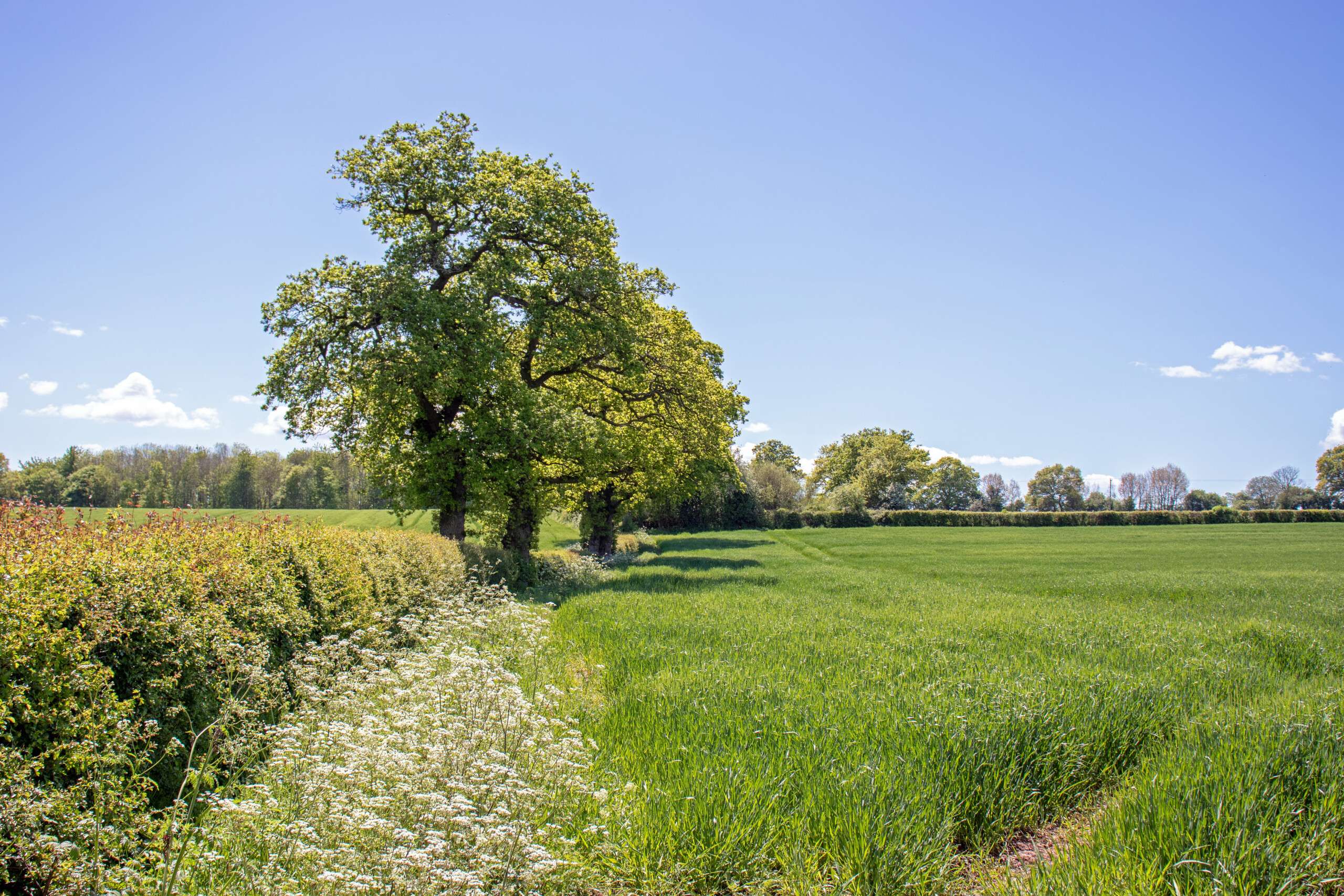
Work is currently ongoing to widen the scope of the DEFRA Metric to take it beyond simply biodiversity. However, it is anticipated that this will seek to build on the biodiversity net gain objective, rather than replace it. Natural England are currently piloting the Eco-metric Environmental Benefits from Nature Tool which will look at a wider set of environmental and green infrastructure criteria. The government is considering how these could be embedded into policy.
Consideration of wider Natural Capital opportunities should also be embedded and linked into any discussions around environmental baselining.
In Summary
Understanding the environmental baseline of your land will undoubtedly be critical to ensure that you remain on the front foot to take advantage of the emerging risks and opportunities. However, it will be critical to ensure that you carefully consider the options to ensure that any work is effectively tailored and suitable for your requirements.
Within Nicholsons our Ecology, Landscape, Soils and Natural Capital specialists will be able to help you to understand the opportunities and develop an approach to best suit your immediate needs and requirements.
Please contact John Lockhart, Principal Consultant / Jo Alderton, Head of Ecology / Ian Dudley, Head of Landscape.
